Assessment of the Levels of Aflatoxins in Silver Cyprinid Sold at Kansanga-Kampala Uganda
Nambogga Judith and Ampaire Wycliffe
School of Natural and Applied Sciences, Kampala International University, Uganda
ABSTRACT
Aflatoxins, toxic secondary metabolites produced primarily by Aspergillus flavus and Aspergillus parasiticus, are a significant concern for food safety due to their carcinogenic and immunosuppressive effects. They frequently contaminate staple foods, including fish products, in warm, humid environments. Silver cyprinid, commonly known as silverfish, is an essential and affordable source of protein in Uganda, consumed by many households. However, the drying, storage, and handling practices involved in its sale raise concerns about the potential for aflatoxin contamination, particularly in local markets. This study aimed to assess the levels of aflatoxins in silver cyprinid sold in Kansanga-Kampala. A total of 10 silver cyprinid samples were collected from different vendors in Kansanga for analysis. The study employed Liquid Chromatography-Tandem Mass Spectrometry (LC-MS/MS), a highly sensitive and specific method, to detect and quantify the presence of aflatoxins in these samples. The analysis involved the preparation of aflatoxin standard solutions (B1, B2, G1, and G2) to create calibration curves by plotting response against concentration. Calibration curves were linear, with coefficients of determination (R² values) greater than 0.99 for all aflatoxin types. An injection volume of 1µL was used and 7 levels of the aflatoxin standards were employed having 1,5,10,25,50,75 and 100ppb. However, results from the analysis of silverfish samples showed no detectable levels of aflatoxins (ND), suggesting that the silverfish from this particular market were free from aflatoxin contamination. This is a positive finding for public health as aflatoxins are highly carcinogenic and can lead to liver cancer, immune suppression, and stunted growth in children when consumed over time. It indicates that silverfish sold in Kansanga, Kampala, during the sampling period may be considered safe for consumption with respect to aflatoxin contamination. While this result is positive, the potential for aflatoxin contamination remains a concern due to environmental factors such as humidity and temperature, which can fluctuate throughout the year. Therefore, regular monitoring of aflatoxin levels in silver cyprinid and other food products is recommended to ensure ongoing food safety. In conclusion, this study establishes a baseline for aflatoxin contamination in silver cyprinid sold in Kansanga and demonstrates that, during the period of analysis, the risk of aflatoxin exposure from silver cyprinid consumption is negligible. However, to maintain this standard, it is crucial to implement sustained preventive measures, including better storage infrastructure and vendor education to safeguard public health and the integrity of the local food supply.
Keywords: Aflatoxins; Silver cyprinid; Food safety; LC-MS/MS; Public health
CITE AS: Nambogga Judith and Ampaire Wycliffe (2025). Assessment of the Levels of Aflatoxins in Silver Cyprinid Sold at Kansanga-Kampala Uganda. IAA Journal of Scientific Research 12(1):9-21. https://doi.org/10.59298/IAAJSR/2025/921.19
